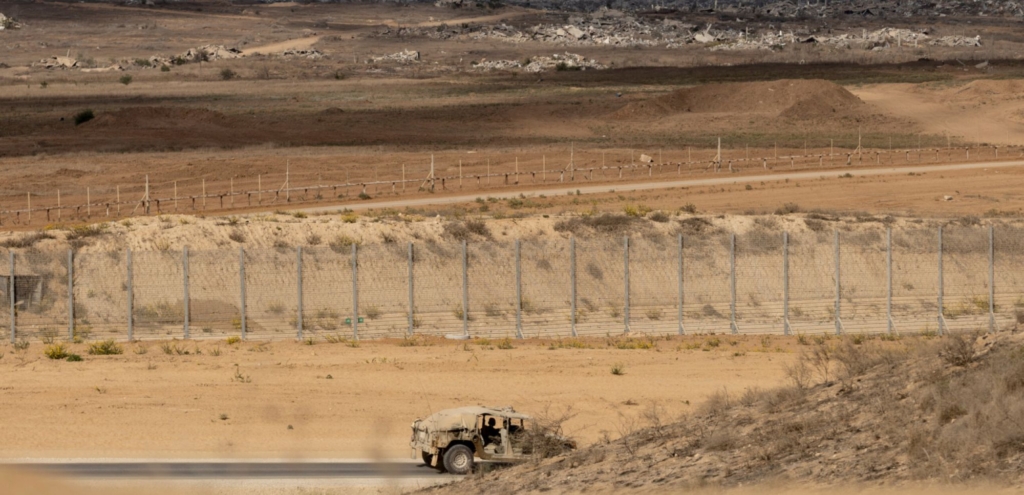Senator Pamela Wallin, one of the most outspoken opponents of the federal government’s proposed new legislation on assessing the impacts of large-scale resource development projects, has been particularly critical of the federal government’s commitment to gender-based analysis. Perhaps surprisingly, however, the Senator has chosen to illustrate her concerns with some gender-based analysis of her own.
Bill C-69 includes a requirement that future assessment consider how projects might have different impacts for different people, particularly along the lines of gender. Senator Wallin has called this requirement for gender-based analysis vague and confusing, suggesting that it is part of some liberal agenda to derail the assessment process. “What does the intersection of gender and sex with other identity factors really mean?,” she asked in the Senate on December 11th.
Senator Wallin went on to illustrate her concerns by giving the example of a single mother working as a waitress in the oil patch, who relies on tips from energy workers to “feed her kids and pay for hockey equipment.” Whether the Senator knows it or now, this is actually an example of gender-based analysis – just not very good analysis.
The Senator’s anecdote illustrates two important realities about the benefits of resource development in Canada. First, the highest paying jobs in construction mostly go to men. Second, opportunities for women to benefit from the resource economy often take the form of much lower paying jobs in the service sector where tips are crucial to making ends meet.
This is the kind of information that a gender-based analysis would bring to the table in decisions about where proposed projects are sustainable and in the public interest and whether conditions need to be imposed to mitigate potential harm. However, a good gender-based analysis would go further.
A good gender-based analysis would ask whether local prices for food, housing and even hockey equipment have risen to take advantage of the high wages paid to oil industry and whether the single mother working as a waitress can actually still make ends meet – even with tips. A good gender-based analysis would also ask about other impacts of the surge in population that accompanies a new project or a periodic boom in the industry, such as whether mothers can still find daycare. Critically, a good gender-based analysis would also ask whether that waitress feels safe walking home from work in a community without public transit and where investment in policing and social services lags behind the real needs of the community.
These questions aren’t vague or wishy washy. These are real questions that you will hear raised if you spend anytime talking with community members in resource towns and with the service providers working to meet local meets. The real question is who wouldn’t want such questions raised and addressed before a new project is approved?























